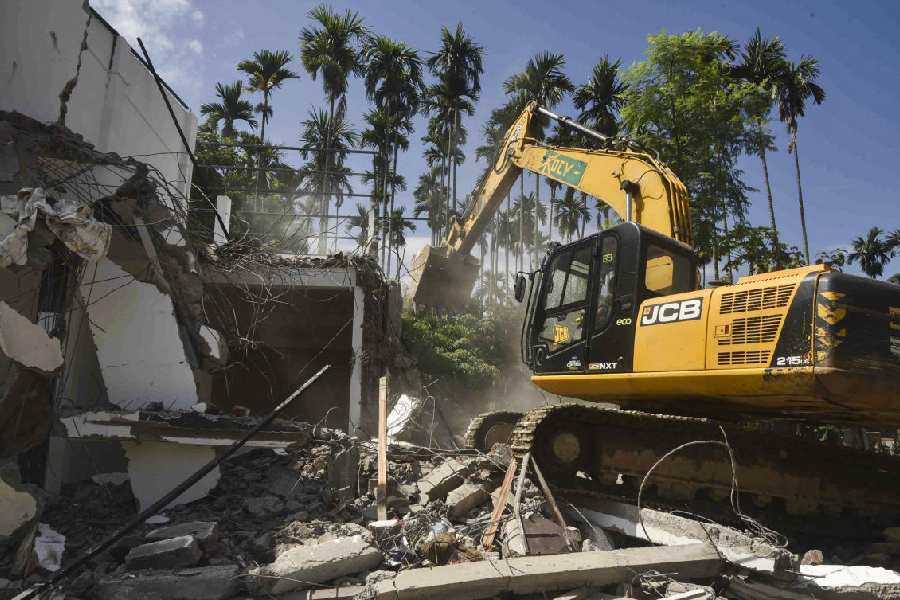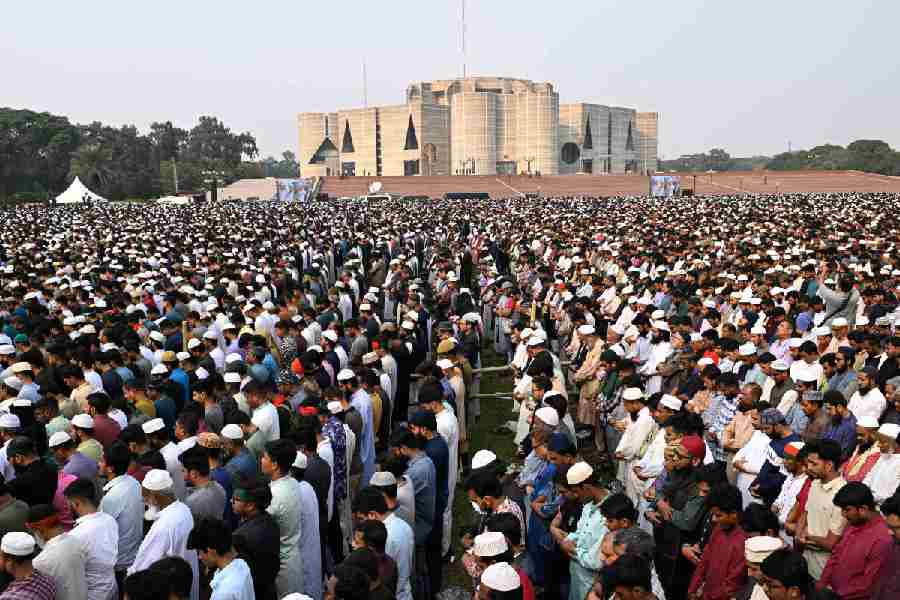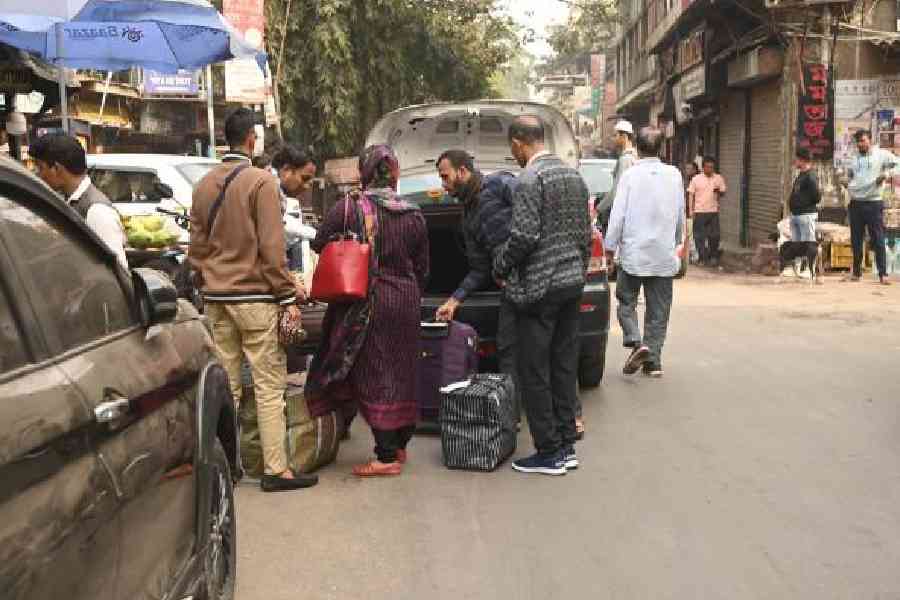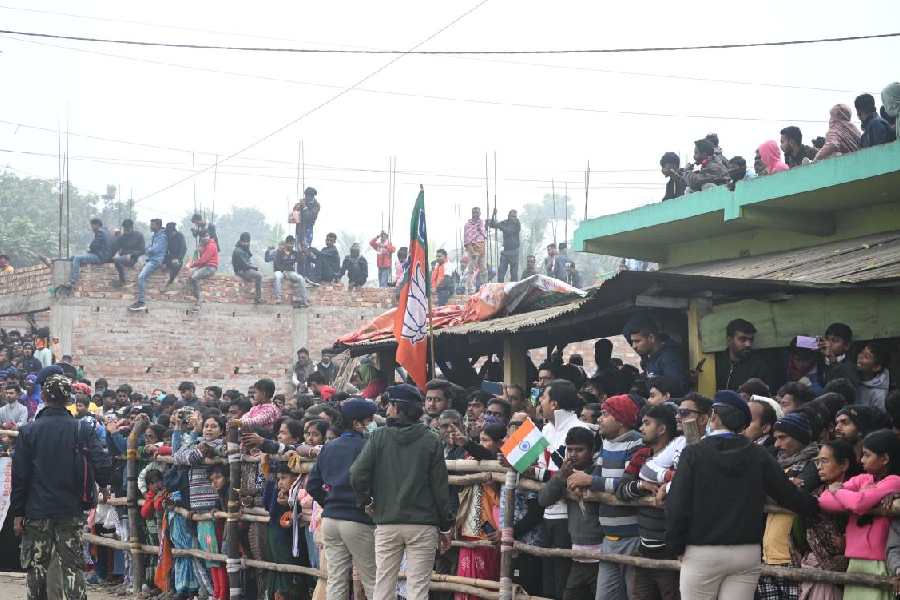The Assam government has carried out an exclusive survey of the non-indigenous population settled in the forest areas of Guwahati, citing concerns over “disturbing the demography of the capital city by randomly settling in various places”.
Assuring indigenous people not to worry about the ongoing exercise, Assam chief minister Himanta Biswa Sarma said on Thursday: “Indigenous people have nothing to worry about. This survey is strictly limited to non-indigenous people, those who have not lived here (Assam) for three generations. This survey is not for indigenous people.”
He added: “The survey is for those trying to disturb the demography of the city by randomly settling in various places. The survey is to identify how many of them (non-indigenous) are there. This (survey) has nothing to do with religion. If someone has lived here for three generations, they will not be covered by the survey. The government has not thought of removing indigenous people. There should be no panic among the indigenous.”
Guwahati, spread over an area of 216.79sqkm with a population of over 15 lakh, is surrounded by 18 hills. It includes eight reserve forests — South Kalapahar, Fatasil, Jalukbari, Gotanagar, Hengrabari, Sarania Hill, Garbhanga, Rani — and two wildlife sanctuaries — Deeporbeel and Amchang — within city limits.
He further reassured the indigenous population by asserting that they “have nothing to worry about because we have plans to allot them land patta (document) under Mission Basundhara 3.0”, which aims to provide land rights to indigenous people.
The Guwahati survey excludes revenue land. Sarma emphasised the need to free forest land from encroachers to ease pressure on the growing city.
The forest department has already started serving eviction notices in the city’s Katabari Hills since July 29. The suspected encroachers have been given seven days to vacate.
A video circulated on Thursday showed individuals served with notices purportedly accusing the administration of bias. “You are serving the notice only to Muslims, not others. We are Bihari Muslims. We have been living here for years. We will leave but at least treat everyone equally. Serve notice to members of other communities who are also settled on this land,” a girl is heard saying.
The announcement of the Guwahati survey comes amid an ongoing eviction drive.
Since June 16, the government has conducted six eviction drives in four districts — Goalpara (two), Nalbari, Dhubri, Lakhimpur and Golaghat — amid allegations that the administration is not following rules and is targeting mostly Bengali-speaking Muslims.
The chief minister said that the state has so far reclaimed 1.39 lakh bighas of government and forest land, including 10,000 bighas in Uriamghat’s Rengma Forest area in Golaghat.
Sarma thanked the Nagaland government for its cooperation in conducting the eviction in Uriamghat, which borders the neighbouring state. Both Assam and Nagaland have a history of border disputes.
The large-scale Assam eviction drives have prompted neighbouring Nagaland, Meghalaya, Manipur and Mizoram to step up vigilance along their borders to prevent the entry of people displaced from Assam.










